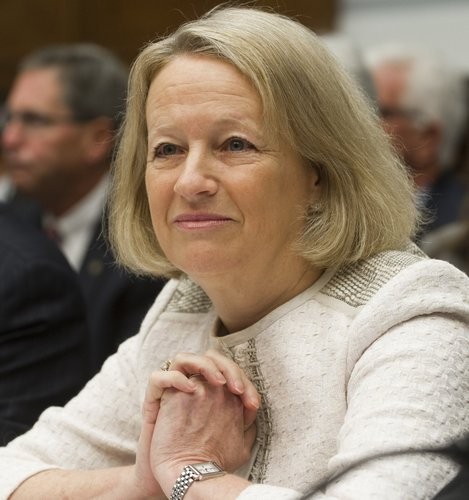MoneyMarket Funds That ‘Break the Buck’ Can Be a Memory View
Post on: 16 Март, 2015 No Comment

6 Dec 22, 2011 7:05 PM EST
Most of us can reel off the institutions behind the financial crisis, names like Lehman Brothers, Fannie Mae and American International Group. Often missing from the roll call of ignominy is the Reserve Primary Fund, a money-market mutual fund. When it almost collapsed in the fall of 2008, the U.S. economy was pitched into a credit crunch that almost brought on the sequel to the Great Depression.
It turns out that money-market funds can detonate as easily as the nation’s biggest banks and securities firms. Unlike those too-big-to-fail institutions, money-market funds were all but ignored in last year’s Dodd-Frank Act. Regulators should address this oversight by ending the inherent flaw in such funds, which have amassed $2.7 trillion in assets and play a crucial role in the credit markets.
For almost four decades, the industry has operated under a pretense: Funds maintain an artificial price of $1 a share, promising investors a dollar in, a dollar out, plus interest, on demand. The funds tend to offer higher returns than banks because they don’t have the expense of paying for deposit insurance.
But the Reserve Primary Fund, for only the second time in the history of money-market funds, “broke the buck” during the financial crisis. It held $785 million in commercial paper issued by Lehman Brothers Holdings Inc. When Lehman failed on Sept. 15, 2008, the fund no longer had enough assets to assure that customers could retrieve all their money.
Customer Run
Even though the fund estimated its post-Lehman-bust share price at 97 cents, investors raced each other to withdraw their money. The fund tried to meet redemptions by selling its investments into a panicked market. The contagion spilled over to other money-market funds. In the span of two weeks, $400 billion was pulled out of the funds, and the flow of short-term credit from the funds to companies froze. Only a promise by the Federal Reserve and the U.S. Treasury to backstop the entire industry stanched the run.
As these events show, the Securities and Exchange Commission, which regulates mutual funds, should make them less susceptible to mass withdrawals. The need for an overhaul is magnified by Europe’s debt crisis. According to Fitch Ratings, the 10 largest U.S. money-market funds have more than a third of their assets invested in European banks.
The SEC took an initial step last year by adopting several changes, some based on industry recommendations. Money-market funds now must hold at least 10 percent of their assets in cash or investments that can be swapped for cash within one day. Other changes include holding investments with shorter maturities, letting funds get their hands on cash more quickly.
At least the SEC recognizes that it didn’t go far enough. Last month, Chairman Mary Schapiro offered two additional proposals: requiring money-market funds to build a capital cushion and allowing share prices to float.
Capital cushions, required for banks, would help the funds absorb losses. Current proposals envision capital of 1 percent to 3 percent of a fund’s assets. This is less than half the level of banks. If regulators go this route, they should require a larger amount, say 5 percent. Reserve Primary Fund blew up after just a 3 percent loss, which would have been much bigger without a government rescue.
A floating share price, reflecting the value of a fund’s underlying assets, would help convey that the funds are investments, not a safe deposit box. It might also ease the pressure for investors to bolt at the first sign of distress.

But no one knows for sure. For that reason, regulators might consider a dual system with some funds having constant share prices while others float. Floaters would be allowed to take more risk and offer higher returns in exchange for higher capital ratios. Those with fixed share prices would have less risk and lower yields, but also lower capital requirements.
Close the Door
It’s far from clear that either of these proposals would have prevented the run that threatened to bankrupt Reserve Primary Fund and denied companies the short-term credit they needed to meet payrolls, finance inventories and pay suppliers.
To add another level of security, regulators should consider one other change the industry has proposed. Allow funds to quickly close the door on redemptions when management deems it necessary. Hedge funds routinely used this lifesaver during the financial crisis. Few failed as a result. We would prefer that, instead of the industry deciding whether to shut the gate, which could leave millions of small investors in a cash crunch, the SEC make that decision in consultation with the Fed and the Treasury.
These remedies may seem tailored to the last financial crisis and may not prevent the next one. That may be so, but avoiding a repeat of the crisis we did have is a worthy goal.
To contact the Bloomberg View editorial board: view@bloomberg.net.














